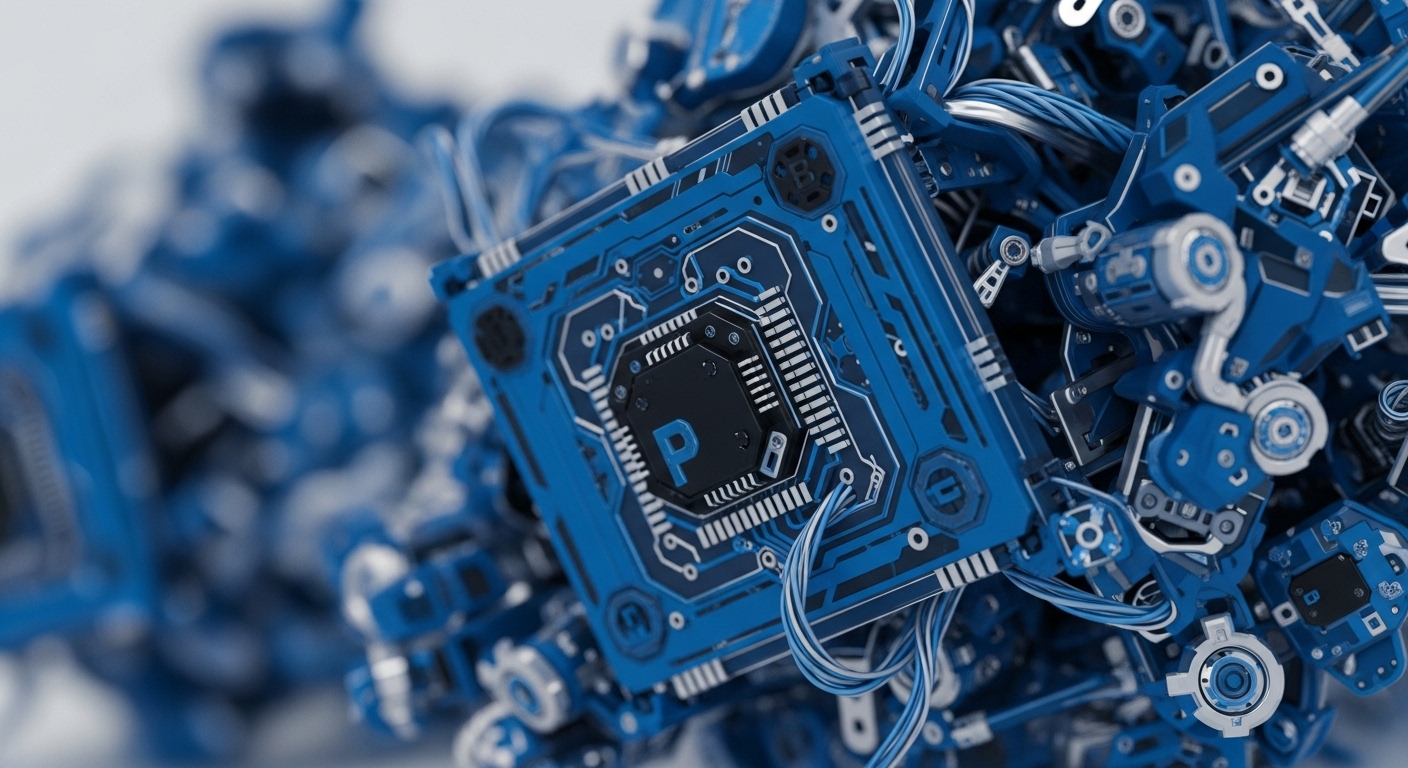
Briefing
The DeFi lending vertical is undergoing a fundamental architectural shift toward modularity, with new primitives like Morpho Blue enabling the creation of isolated, permissionless markets that segment risk and unlock significant capital efficiency. This structural innovation directly addresses the systemic risk and governance friction inherent in monolithic lending pools, allowing for the safe onboarding of long-tail assets and specialized collateral types. The consequence is a rapid re-acceleration of the sector, quantified by the total DeFi borrowing volume, which surged from $3.3 billion to $11.5 billion by the end of Q1 2024.

Context
Prior to the modular shift, the DeFi lending landscape was dominated by monolithic protocols featuring multi-asset pools, which forced all listed assets to share the same systemic risk profile. This design imposed restrictive governance processes and conservative risk parameters, such as low Loan-to-Value ratios, to protect the entire pool from a single asset’s volatility or oracle failure. The result was a product gap characterized by capital inefficiency, an inability to safely list long-tail or specialized assets, and high friction for users seeking tailored risk-return profiles.

Analysis
Modular lending alters the application layer by decoupling core functions → liquidation logic, oracle feeds, and interest rate models → from the base protocol primitive. This system change allows developers to compose their own isolated lending markets, effectively creating “lending-as-a-service” APIs where risk is contained to a specific asset pair. For the end-user, this means access to higher Loan-to-Value ratios on non-blue-chip assets and a choice of risk-adjusted vaults, moving beyond the one-size-fits-all model.
Competing monolithic protocols are forced to adopt similar modular roadmaps, such as Aave v4, demonstrating that the market now prioritizes capital efficiency and risk segmentation over pooled liquidity simplicity. This architectural choice is gaining traction because it aligns protocol incentives with the specialized needs of institutional and power users.

Parameters
- Total Borrowing Volume Growth → $11.5 billion, representing a 250% increase from $3.3 billion in Q1 2023, quantifying the re-acceleration of the DeFi lending sector.
- Protocol Design Shift → Modular architecture, which separates core lending functions into customizable components for isolated risk management.
- Problem Addressed → Systemic risk of multi-asset pools, which previously prevented the safe listing of long-tail assets.

Outlook
The next phase of this evolution involves the abstraction layer, where front-end protocols will “re-bundle” the fragmented modular primitives into user-friendly products, much like Uniswap X routes trades across multiple DEXs. This innovation is highly forkable, forcing competitors to either integrate the new primitive or rapidly pivot their own core architecture, cementing modular lending as a foundational building block for all future on-chain credit markets, especially those involving tokenized Real-World Assets. This is a necessary step to attract the next wave of institutional capital.

Verdict
Modular lending is the inevitable, capital-efficient architecture that will ultimately displace monolithic designs and serve as the core primitive for the next generation of decentralized credit and structured products.
